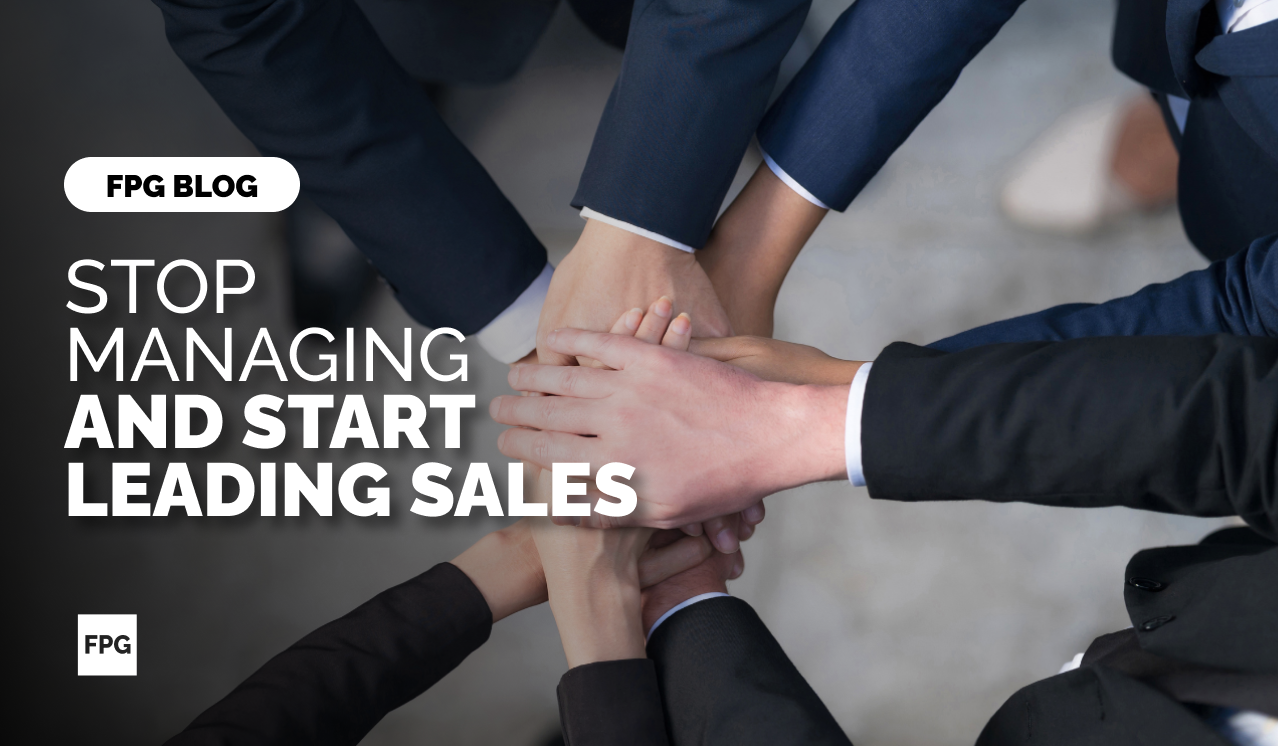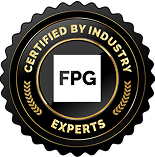Stories surround us everywhere we go. Commercials pull us in all the time with narratives that hook us and end up selling a product we never would have thought we needed before. You know the ones I’m talking about. The beer commercial stole our hearts with the story of a puppy finding its way back home. The diaper commercials show a baby’s first steps that lead to their steps across a college graduation stage. I am sure you remember the gum commercial with the beautifully romantic story of two people falling in love with shared gum wrappers.
These stories pull us in and make us feel like we are a part of something bigger than just the product being sold to us through our screens. They aren’t just selling beer, or diapers, or gum. They are selling a better life to us.
Story telling isn’t just an effective tool in selling products, storytelling has played a role in the top sales in all industries.
Adele had one of the fastest-selling albums of all time with 25, an album that told stories through songs about her life as a 25-year-old woman. Her first single from the album, “Hello”, was written and sung in a story-like way that made people feel like they were a part of her life. When 25 was finally made available to the public in late 2015, it was immediately a cultural phenomenon. The title broke records in its first and second weeks in terms of sales, as did the lead single “Hello.” It only took a grand total of three days for the singer’s third full-length to become the bestselling title of that year.
Some of the fastest-selling books in history were not limited to fictional stories of magic, romance, or tragedy. Many of the fastest-selling books of all time were works of nonfiction that captivated audiences through a series of real-life interviews, or personal stories. The TedTalks with millions of hits are the ones where the speaker begins with a captivating story that slowly progresses into a meaningful argument.
Many psychologists believe our fascination for stories may have developed out of the evolutionary advantage it gave our species. Instead of having to learn from our own mistakes about the dangers in the world around us, storytelling allowed humans to take lessons from one another’s cautionary tales.
It’s clear that stories are what connect us to each other and the world around us, so why wouldn’t you incorporate this tool in your own selling message? Every single person that attempts to persuade is a salesperson, and every salesperson needs to use the power of storytelling to make their message memorable.
So how can you become a story teller seller? Here are 5 tips to use storytelling to your advantage.
Connect to your prospect. One of the reasons advertisements, songs, and books that have stories sell so well is because it features something that connects personally with their audience. The reason an expectant mother would by one brand of diapers over another is because she feels that one brand resonates more personally with her than the other. Find out what their passions are, and find a story that will sell.
Appeal to universal feelings. Successful storytelling relies heavily on the author painting a picture for their readers. In JK Rowling’s Harry Potter books, the readers aren’t relating to magic and wizardry. They are relating to facing challenges and relying on friendships to face them. You aren’t just selling a new home to your customer, you are selling a better life for them. You aren’t selling the home with a big backyard, you are selling neighborly barbecues and family gatherings.
Show them a problem and be the resolution. The most captivating stories are the ones that have an unsolvable problem, and the protagonist is the only one with the power to solve it. Show your prospect a problem that they may have not noticed before and show them how what you have could make their life better. People don’t buy things just to buy things, they buy to solve a problem or make their life better.
When we listen to a standard presentation or boring lecture, Broca’s area of the brain is stimulated. This area deals with language and logic and although we hear the presentation, it doesn’t give us that spark. In contrast, when we are told a story with rich meaning and visual cues, things change dramatically. Both the right and left sides of our brain are activated. The right side (creative side) is engaged and stimulated. Stories grip us and help us experience emotions.
We buy that diaper brand because we’ve been told that it will help our babies take their first steps, and those steps will lead to their steps toward their diploma. We buy that beer for the game because the story of the puppy and the horse shows us the community their beer brings. We buy the gum and save the wrapper in hopes of finding our own love story someday.
Stories give the ordinary things around us magic and life that hadn’t existed before. Stories create an emotional feeling about an item that we may have felt completely neutral about. Storytelling is a powerful tool that guides our decisions as consumers on a daily basis, and it’s a tool that you can use to create a lasting impression on your customer.
What will your story be?
Traditional Sales And Leadership Training Fails To Address The Real Problem!
You’ve tried training your team in the past, but it didn’t really work. The old style of training just doesn’t seem to work anymore. It’s no secret that sales and leadership training is essential, but it can be hard to find a training program that actually works. Most programs are outdated and are not focused on changing behavior.
FPG Sales Training is different. We don’t use the traditional approach of lecturing your team for hours on end. Instead, we help your team understand their mindset and give them the tools they need to succeed. We help them remove their excuses so they can finally achieve their goals. Book a Meeting today!










